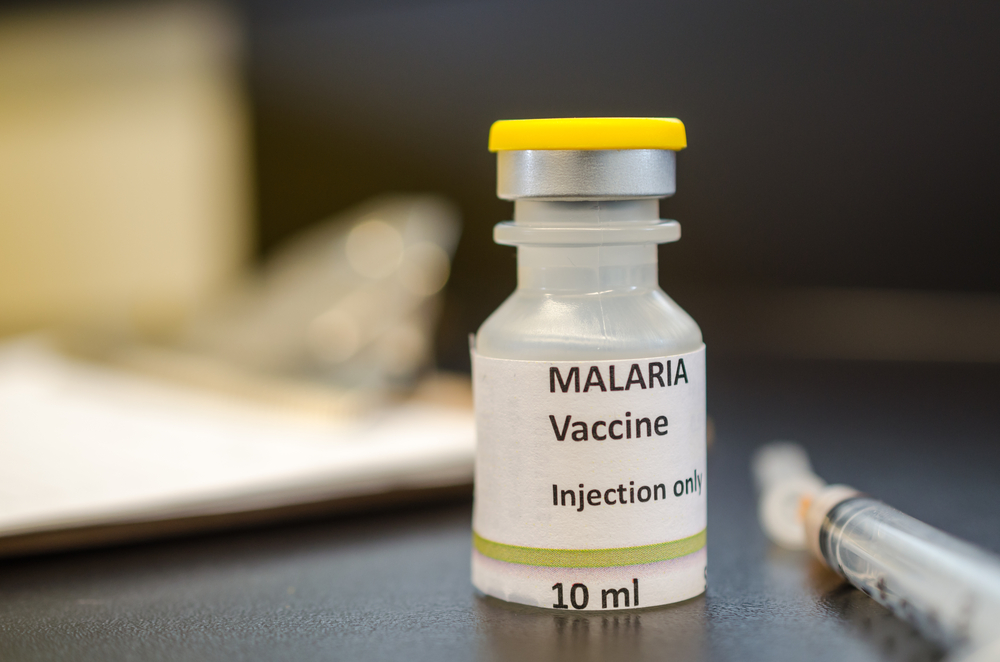
Scientists from the Walter Reed Army Institute of Research turned to an old plant virus — the tobacco mosaic virus (TMV) — as the foundation for a new research effort: a second-generation malaria vaccine candidate.
Demonstrated in the Proceedings of the National Academy Sciences, the discovery also builds on the first generation malaria vaccine, Mosquirix, also known as RTS,S. That vaccine was created under a collaboration between GlaxoSmithKline Vaccines and Walter Reed. It provided high level protection during controlled human malaria infection trials, but scientists hoped to improve its potency and duration of protection against natural malaria infection.
TMV was one of the earliest known viruses to cause mottling of tobacco leaves. Researchers say its coat protein can also make a highly effective vaccine scaffold for refocusing host immune systems on the most vulnerable epitopes of a circumsporozoite protein (CSP). Due to the nature of its creation, the new malaria vaccine is also non-infectious to humans and without risk to plants. This is thanks to its production via recombinant DNA technology in bacterial cells.
“The TMV-malaria vaccine showed a 10X improvement over a comparator vaccine in mice, and the superiority of this vaccine was confirmed in Rhesus monkeys,” Dr. Sheetij Dutta said. “Serum antibodies from the vaccinated monkeys potently blocked parasite entry into human liver cells up to 11 months following vaccine administration. We are now exploring the utility of TMV particles for rational design of second-generation vaccines against other infectious diseases.”
During 2018, malaria infected approximately 228 million people. It remains a particular danger in Africa, Southeast Asia, and South America, driven by mosquitoes. Though infection rates had been decreasing, scientists warn that the decline has stagnated in recent years, prompting these new efforts.




